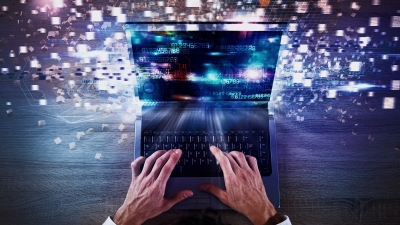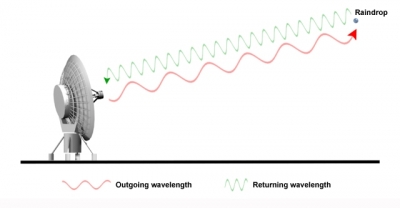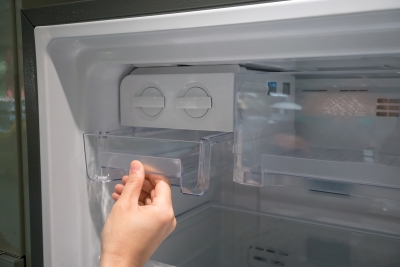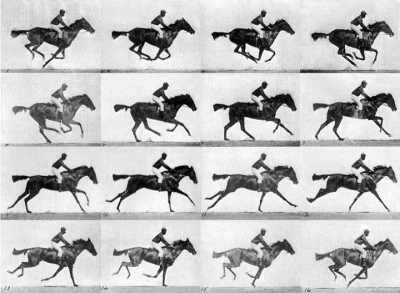
All computers work in basically the same way. They follow a set of instructions called a program that enables them to do calculations on information fed into them.
This process produces a result that is used in some way. The great advantage of computers over other machines is that the program can be changed, so that a computer can be given a wide variety of tasks to perform.
Computers consist of four main units – an input unit, a central processing unit is at the centre of operations and generally consists of a microchip located in the computer case. It controls the operations of all other units, which may be part of the computer or connected to it.
The input unit is used to feed information or data into the computer. It is usually a keyboard, but it may also be a light pen that interacts with a computer screen, or simpler devices such as a joystick, a mouse or a bar-code reader. The keyboard is also used to write programs.
The central processing unit first passes the information to the internal memory, where it is held temporarily. The program is also held in the memory, and the processing unit follows the program to produce the results. These go to the output unit, which is usually a video screen or printer, or they may be sent along telephone lines to other computers.
The computer also has an external memory unit such as disc drive that takes programs and data from the internal memory and records them for use at a later date.
Picture Credit : Google





